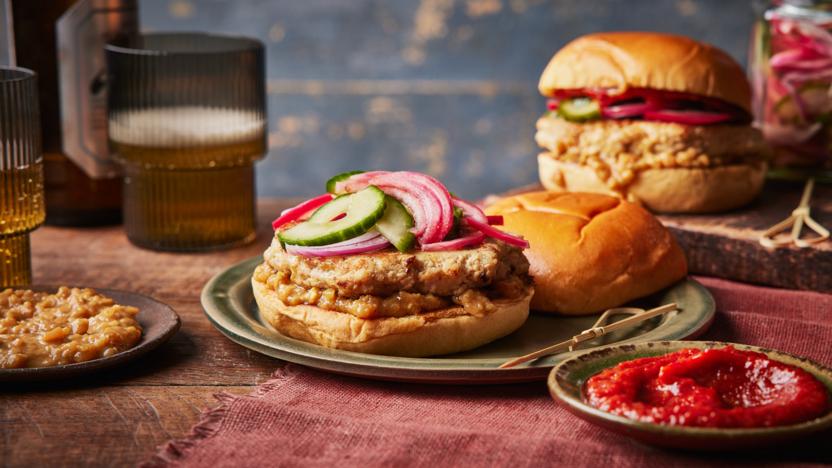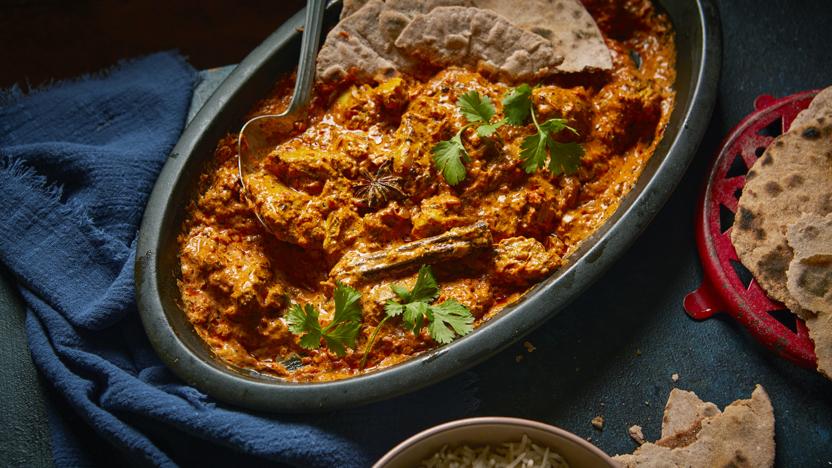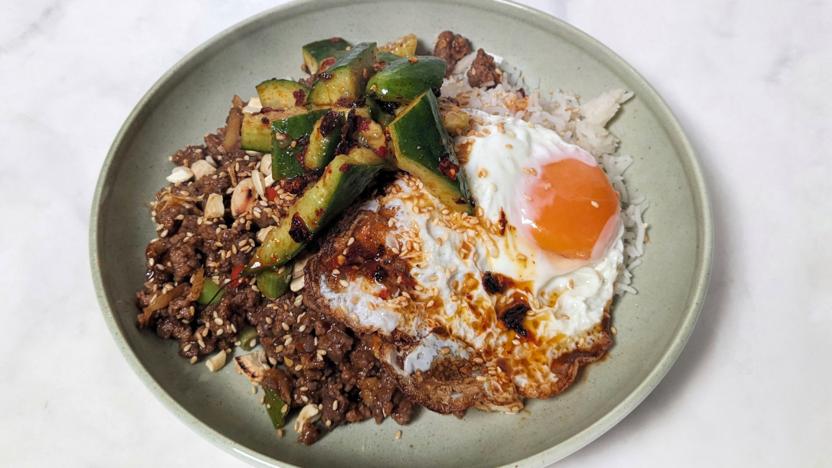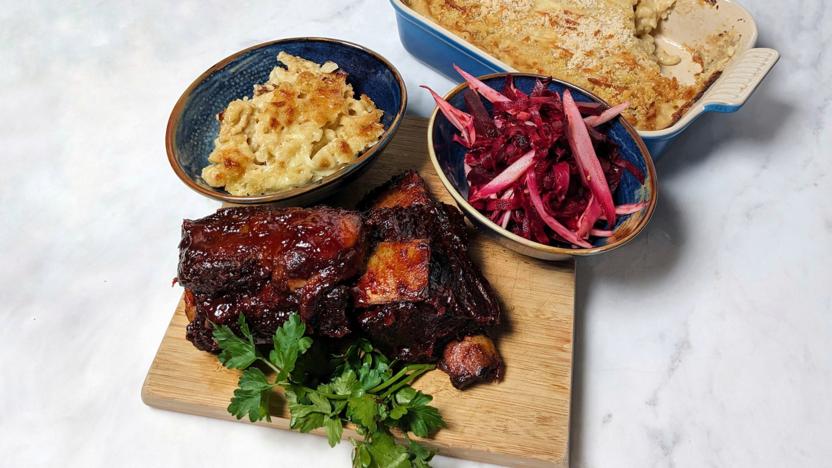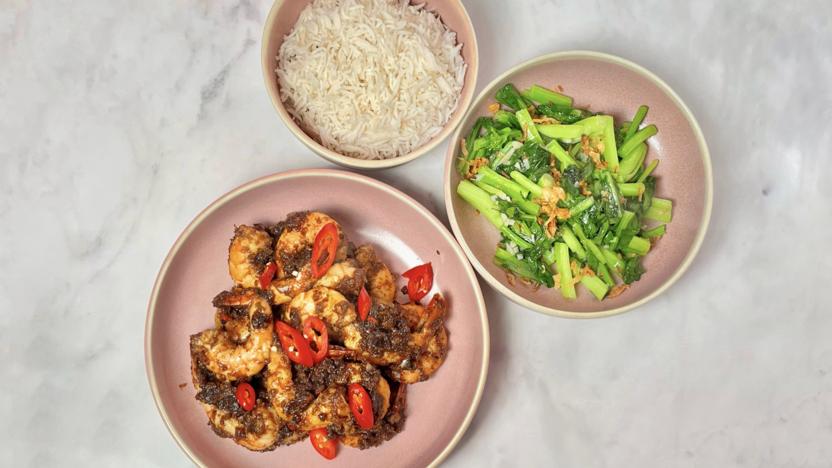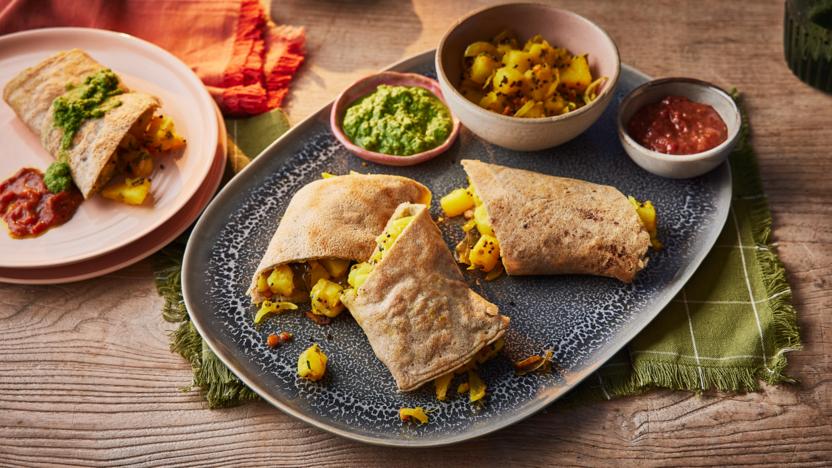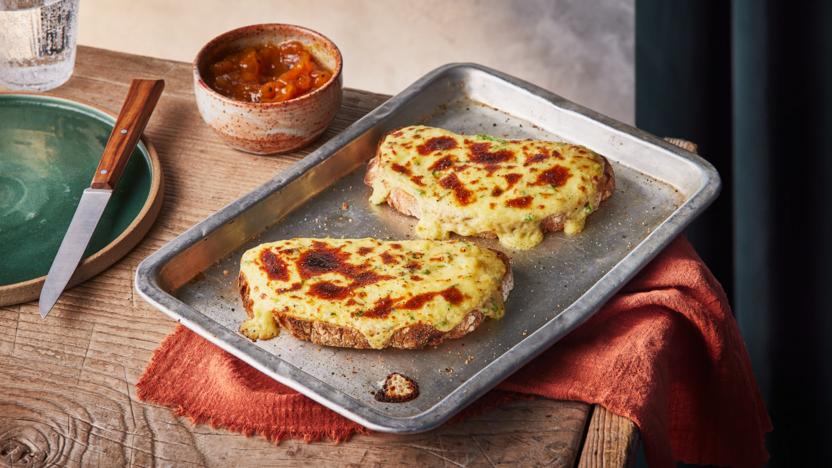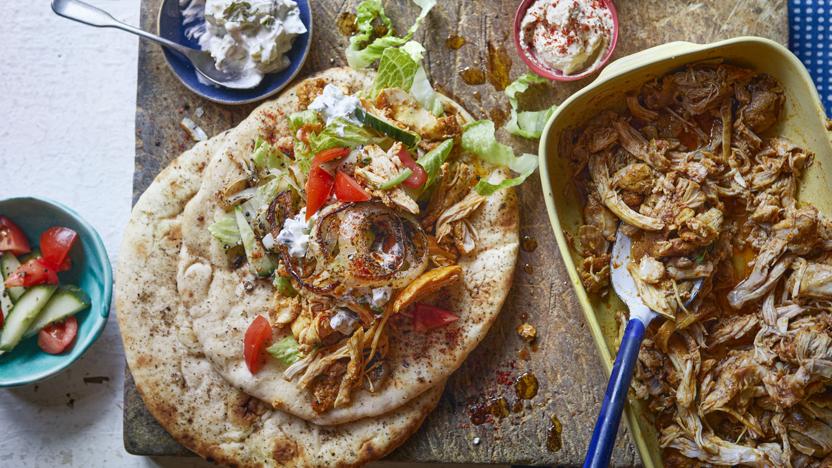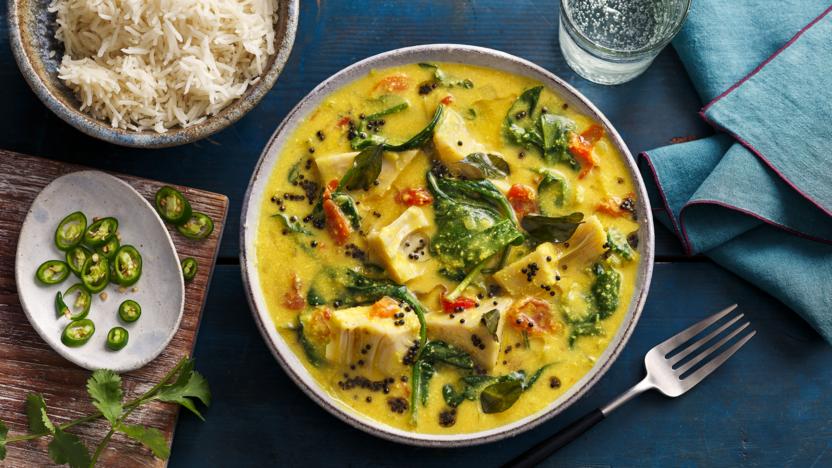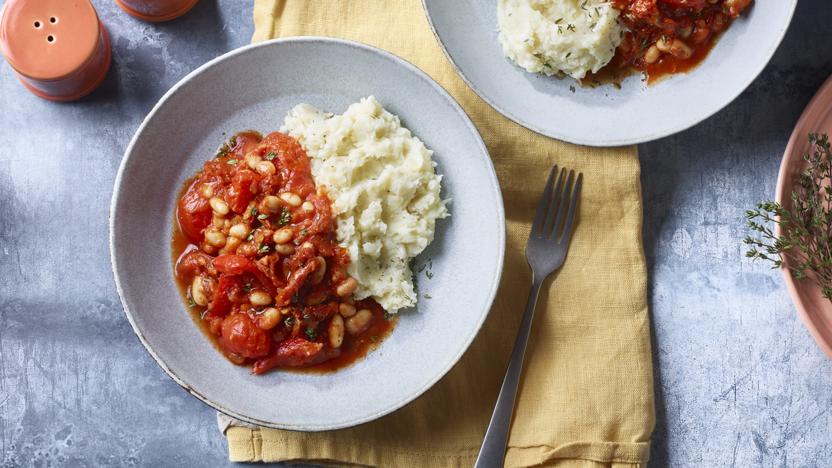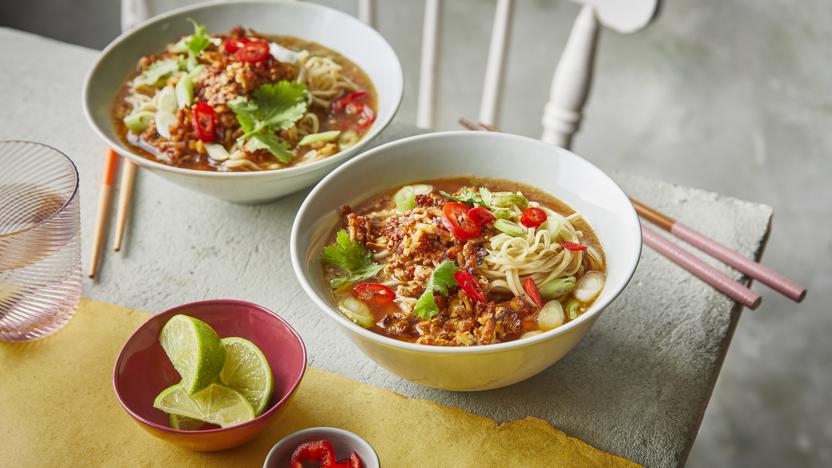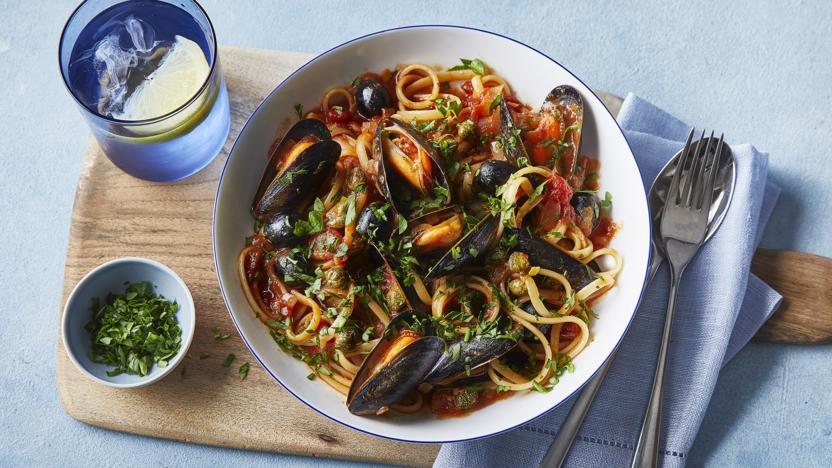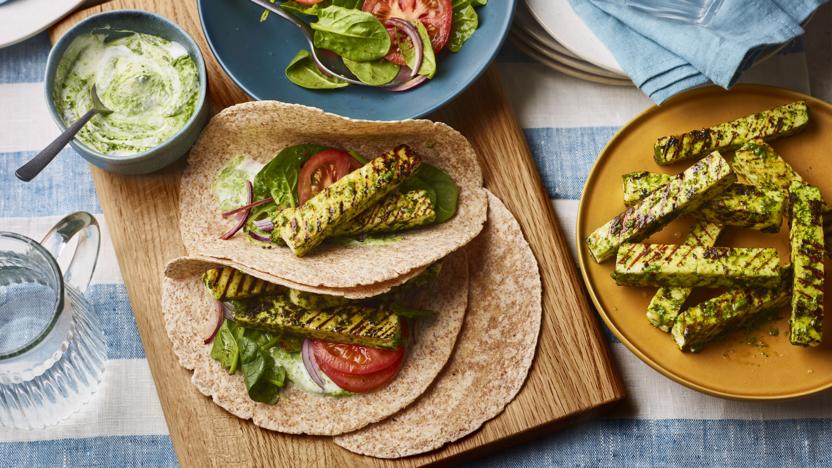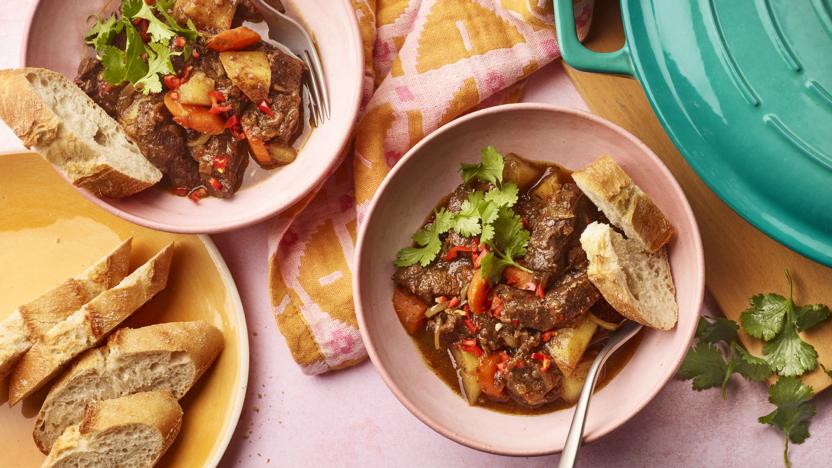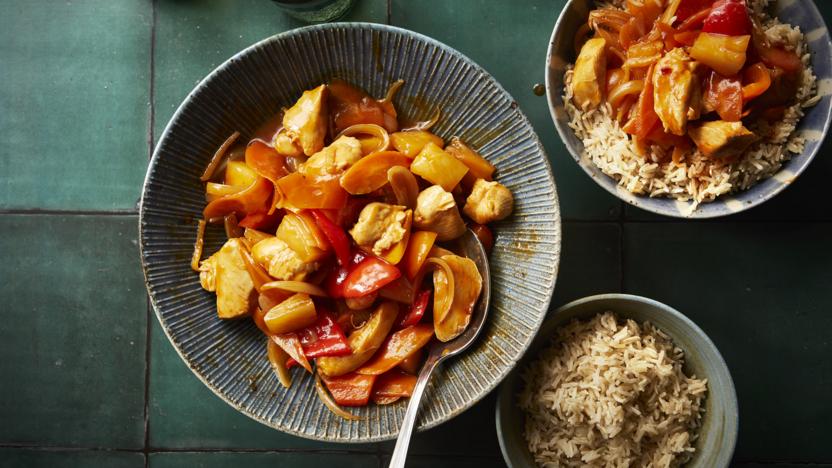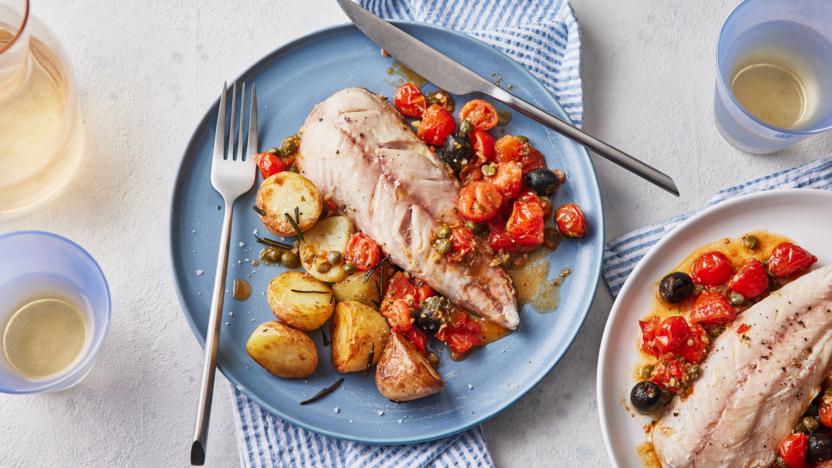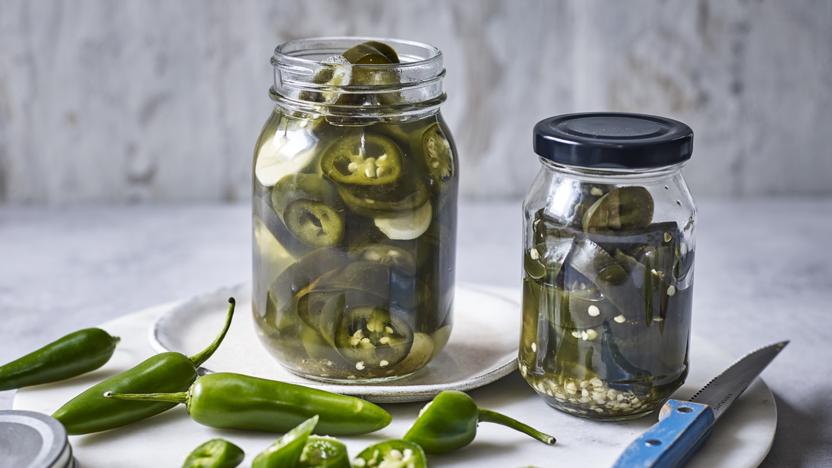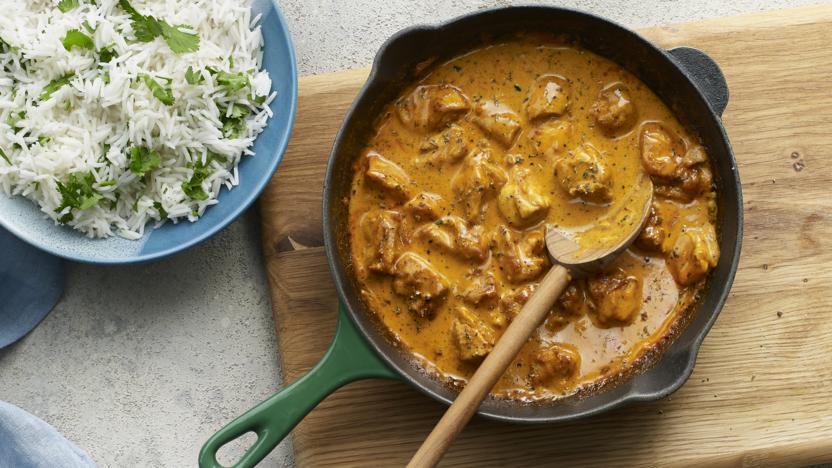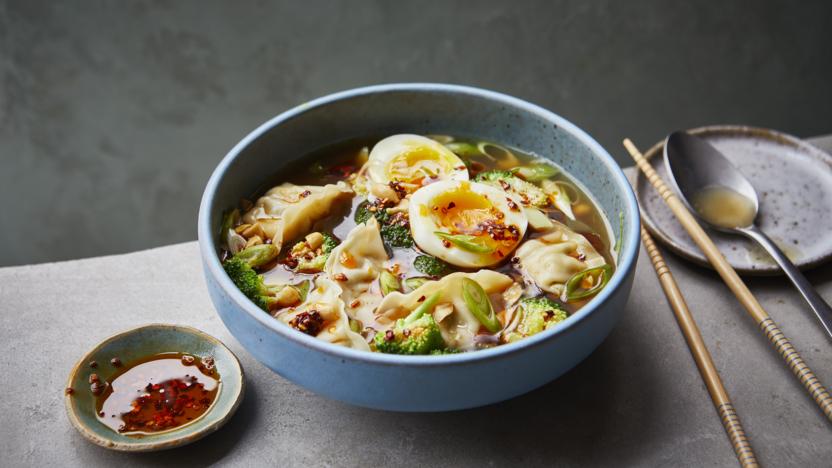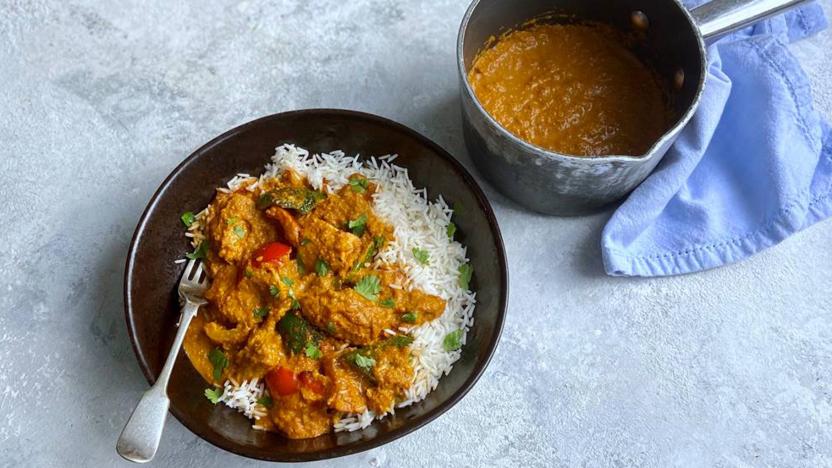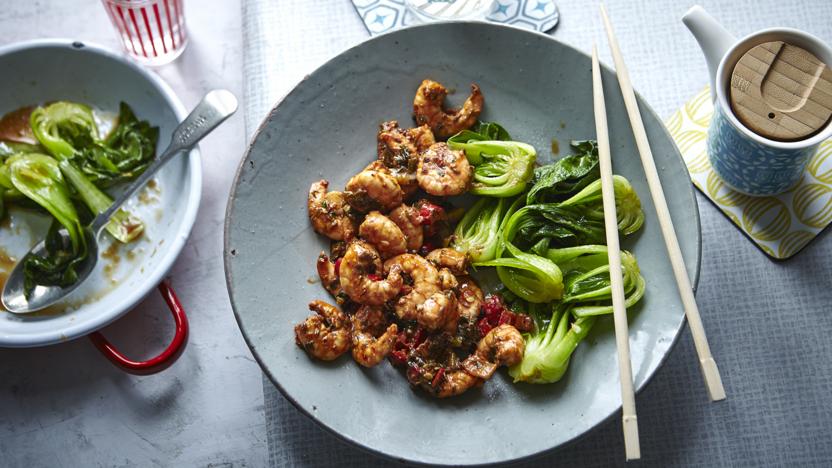Chilli recipes
Chilli peppers are a small, fiery variety of capsicum. They can be green, yellow, orange, red or black. There are more than 200 known varieties and they differ greatly in size, colour and level of hotness. In general, the smaller the chilli, the more potent, but it's worth bearing in mind that individual chillies of the same variety and even from the same plant can contain different levels of capsaicin, the volatile oil that gives chilli its heat. There is an official heat scale for chillies known as The Scoville scale, developed by Wilbur Scoville in 1912. A sweet pepper scores 0 on the scale, Jalape帽o and chipotle chillies score anything between 2,500 to 10,000 and haba帽ero and Scotch bonnet score 80,000 to 300,000 plus! Chillies work well in sweet as well as savoury dishes: a little chilli helps to cut through the richness of the chocolate.
This is a really easy chilli con carne recipe. It has loads of flavour even though it uses mostly store cupboard ingredients. You can experiment with how hot it is by leaving the seeds in the fresh chillies or adding a pinch of dried chilli flakes.
Each serving provides 420 kcal, 43g protein, 22g carbohydrates (of which 9.5g sugars), 12g fat (of which 4g saturates), 9.5g fibre and 1g salt.
More chilli recipes
Buyer's guide
Chillies are available fresh, dried (whole, as flakes or ground into chilli powder), preserved in oil (where the heat from the chilli will infuse the oil) or made into condiments such as Tabasco. Fresh chillies sold in packets in supermarkets usually have a heat scale on them as a guide. When shopping for more interesting chilli varieties, farmers' markets and ethnic stores are the best hunting grounds. Look for a smooth, glossy skin that is deep in colour and firm to the touch. Discard any chillies with shrivelled skin, brown marks or watery bruises.
Some of the most common chilli varieties are:
Poblano - mildly hot, dried chilli used in the Mexican mole poblano sauce
Mulato Isle帽o - mildly hot chilli with a deep, sweet flavour
Ortega - elongated mildly hot New Mexican chilli, ideal for use in stews and salsas
Chipotle - mild, dried smoked chilli commonly used in Mexican cooking and commercially produced chilli sauces
Pasillas - long, very dark brown chillies, usually sold dried, then ground and added to sauces
Jalape帽os - fiery chillies, used either fresh or pickled; can be dried and smoked to make chipotles towards the end of the growing season
Tabasco - hot chillies with a distinctive flavour that comes from a fermentation process in which the chillies are combined with vinegar and salt
Bird's-eye - tiny but powerful green and red chillies, especially common in Thai and South-east Asian cooking
Haba帽ero - lantern-shaped, blow-your-head-off hot chilli, usually orange, with a slightly fruity flavour
Scotch Bonnet - lantern-shaped red-hot chilli related to the haba帽ero, usually yellow, green or red in colour
Storage
Chillies in prime condition can be stored for a week or two in a ventilated plastic bag in the fridge. Chilling affects the flavour, so bring them to room temperature before use. Dried chillies will keep for around 12 months if stored in an airtight container away from direct sunlight.
Preparation
The seeds and flesh of the chilli can both be eaten, but cooking chillies does not reduce the intensity of capsaicin; only removing the seeds and veins will lessen their heat. To prepare fresh chillies, slit them lengthwise, remove the seeds and membranes with the tip of the knife and cut off the stem. Rinse them under cold running water and then prepare according to the recipe. It's very important to avoid contact with the eyes or any sensitive skin during or after preparing chillies - even washing your hands afterwards may not be enough to remove all the capsaicin.
Mild chillies can be roasted and stuffed in the same way you would a sweet pepper. To roast fresh chillies, place them under a very hot pre-heated grill, directly over a gas flame or - best of all - over hot coals, until the skin blackens and blisters. Be careful not to over-roast chillies as they tend to disintegrate.
Some of the larger dried chillies work better when reconstituted. If you're making a liquidy dish such as a soup or sauce, add the dried chillies to the pan whole and they'll plump up during cooking. Otherwise, reconstitute them by soaking in a bowlful of water for about an hour, then use them in the same way as fresh chillies. Crumbled dried chillies work well when fried in olive oil with garlic and mixed with spaghetti for a simple Italian-style supper.
Other considerations
Should you find yourself with a particularly fiery mouthful of chilli, the most effective antidotes are dairy products (particularly when combined with cooling cucumber, as in the Indian raita), because capsaicin is fat-soluble. Eating starchy foods such as bread or rice can also help. A drink of cold water won't help - it will actually seem to increase the heat.
